Optimal Timing for Waterproofing
Waterproofing is a critical process to protect structures from water intrusion, which can lead to damage, mold growth, and structural deterioration. Proper timing of waterproofing applications ensures maximum effectiveness and longevity of the treatment. The ideal time depends on climate conditions, project scope, and the specific waterproofing method used.
Spring and early summer are considered the best times due to moderate temperatures and low precipitation, allowing waterproofing materials to cure properly.
Heavy rain, extreme cold, or high humidity can impair the application process and reduce adhesion, making these periods unsuitable for waterproofing work.
Prior to application, ensure surfaces are clean, dry, and free of debris. Proper surface preparation enhances adhesion and durability of waterproofing materials.
Regions with fluctuating temperatures should plan waterproofing during stable weather periods to prevent cracking and peeling.

Dry, mild weather conditions support effective waterproofing application.
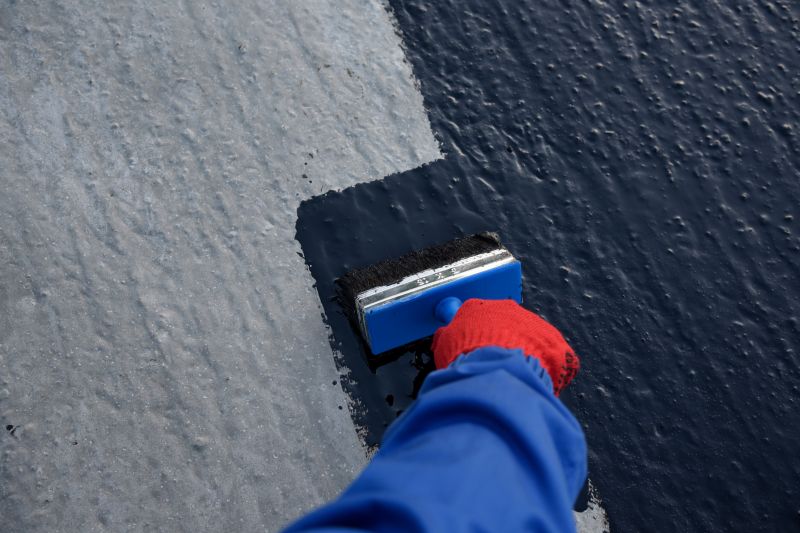
Cleaning and drying surfaces before waterproofing ensures better adhesion.
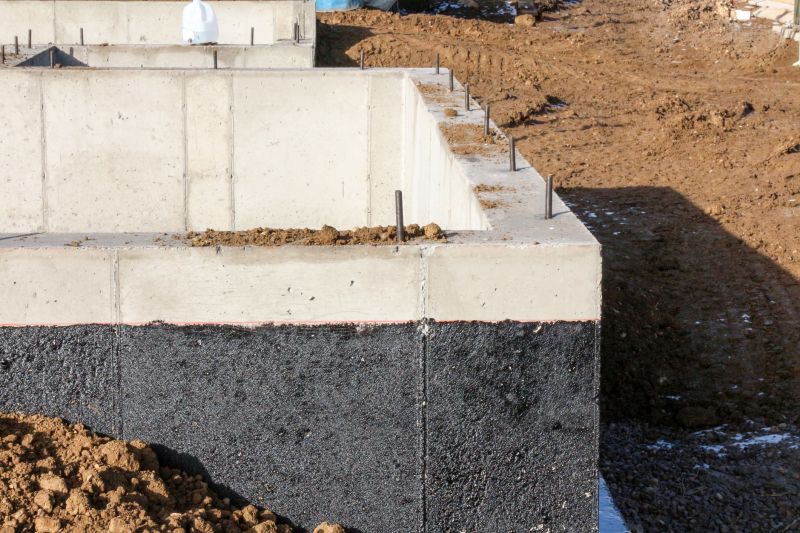
Consistent temperatures aid in curing and long-term performance.

Freezing temperatures can cause materials to crack or not adhere properly.
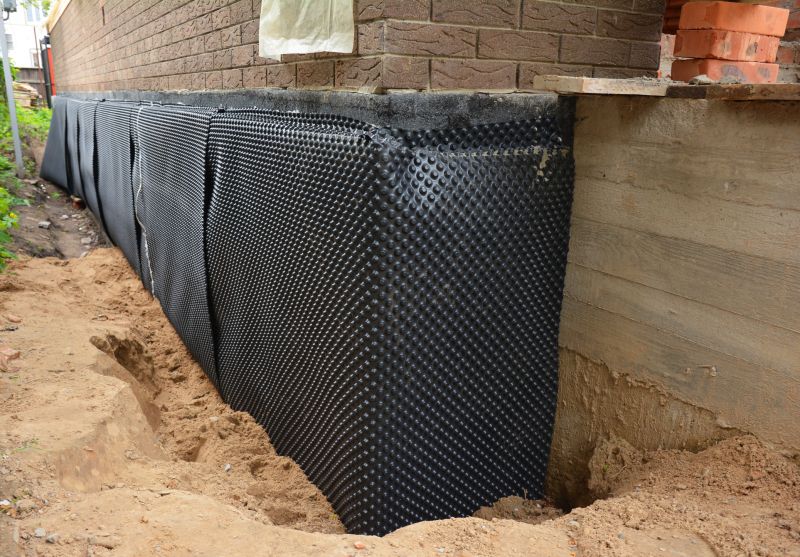
Ways to make Waterproofings work in tight or awkward layouts.
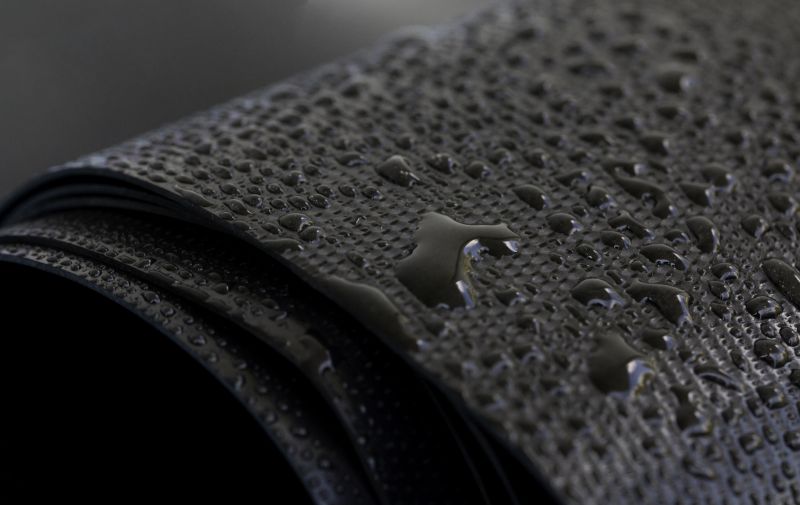
Popular materials for Waterproofings and why they hold up over time.
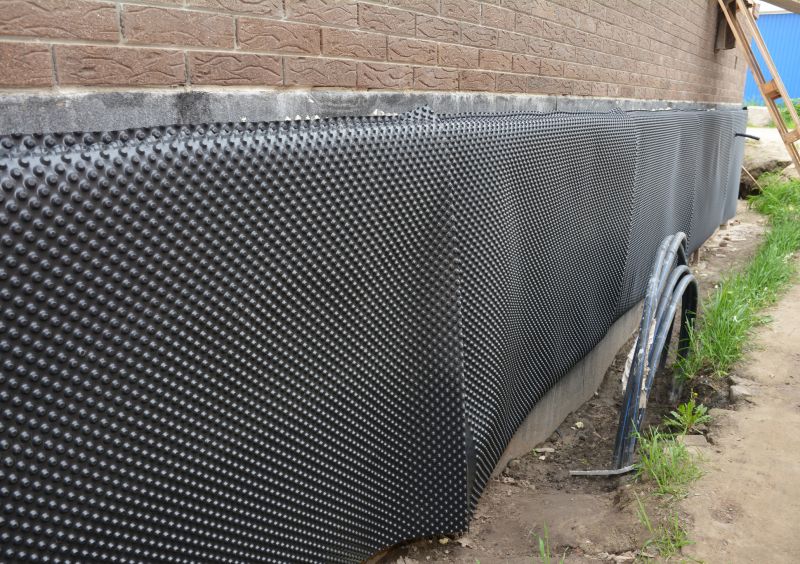
Simple add-ons that improve Waterproofings without blowing the budget.
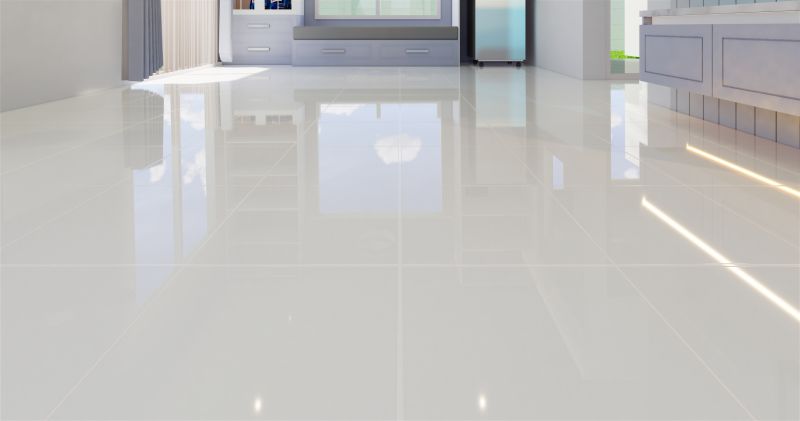
High-end options that actually feel worth it for Waterproofings.
| Season | Ideal Conditions |
|---|---|
| Spring | Moderate temperatures, low rainfall |
| Early Summer | Warm, dry weather |
| Late Summer | Stable weather, minimal rain |
| Fall | Cooler temperatures, dry days |
| Winter | Not recommended due to cold and moisture |
Waterproofings involve the application of specialized materials designed to prevent water penetration in buildings and structures. These materials include membranes, sealants, coatings, and barriers that are selected based on the specific needs of the project. Proper application during suitable weather conditions ensures optimal adhesion, flexibility, and durability. Water intrusion can cause significant damage over time, including wood rot, mold growth, and compromised structural integrity. Statistics indicate that early waterproofing interventions can reduce repair costs by up to 50 percent over the lifespan of a structure, emphasizing the importance of timely application.
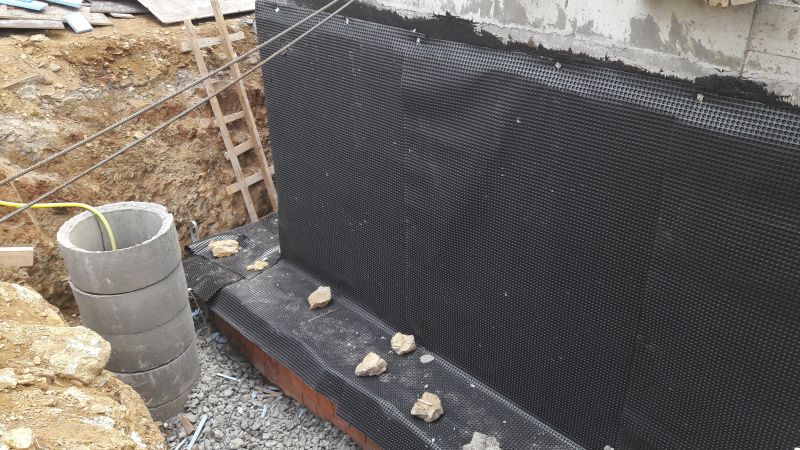
Flexible sheets or liquid membranes provide a barrier against water ingress.
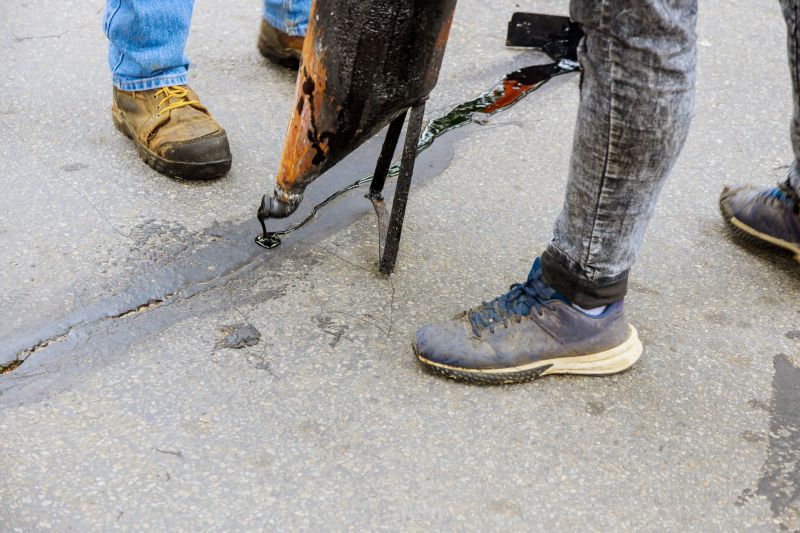
Sealants are used to fill joints and cracks to prevent water penetration.

Specialized coatings add an extra layer of defense for surfaces exposed to water.

Proper drainage directs water away from structures, complementing waterproofing efforts.

Finishes and colors that play nicely with Waterproofings.
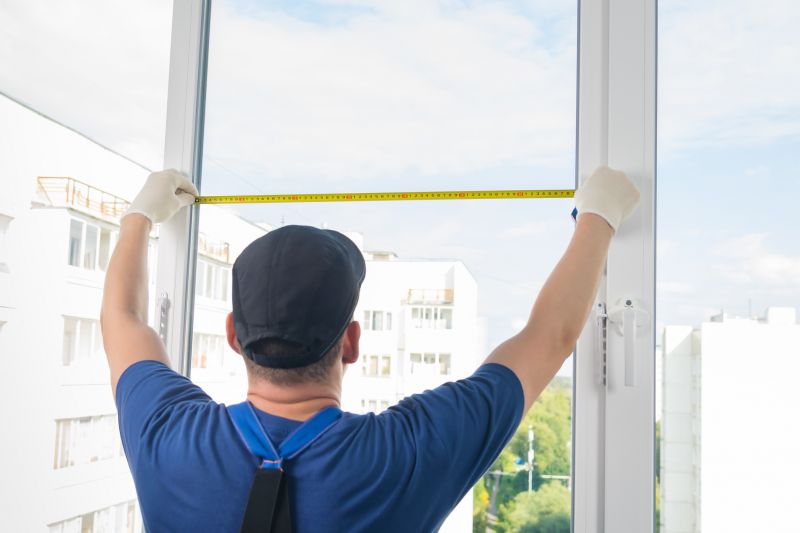
Little measurements that prevent headaches on Waterproofings day.
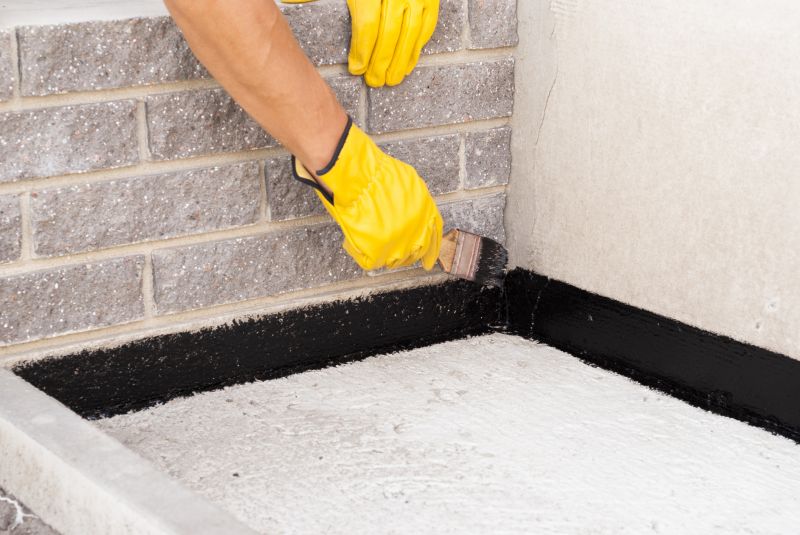
A 60-second routine that keeps Waterproofings looking new.
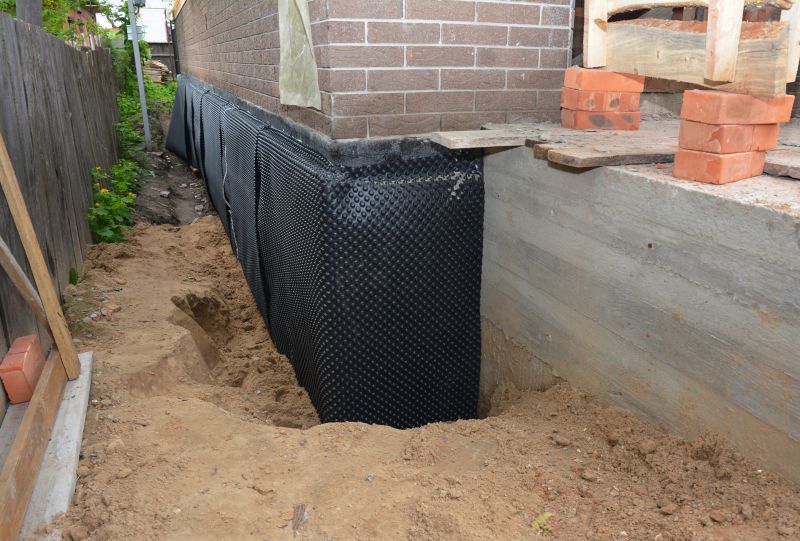
A frequent mistake in Waterproofings and how to dodge it.
Selecting the right waterproofing method and timing can significantly enhance building resilience. Consulting with waterproofing specialists ensures that applications are performed under optimal conditions, maximizing effectiveness. Proper planning and execution can prevent costly repairs and extend the lifespan of structures in Dekalb, Illinois, and surrounding areas.
For those interested in waterproofing services, filling out the contact form provides an opportunity to discuss project needs and schedule applications during the most suitable seasons. Ensuring waterproofing is performed at the right time can contribute to long-term structural integrity and protection against water damage.

